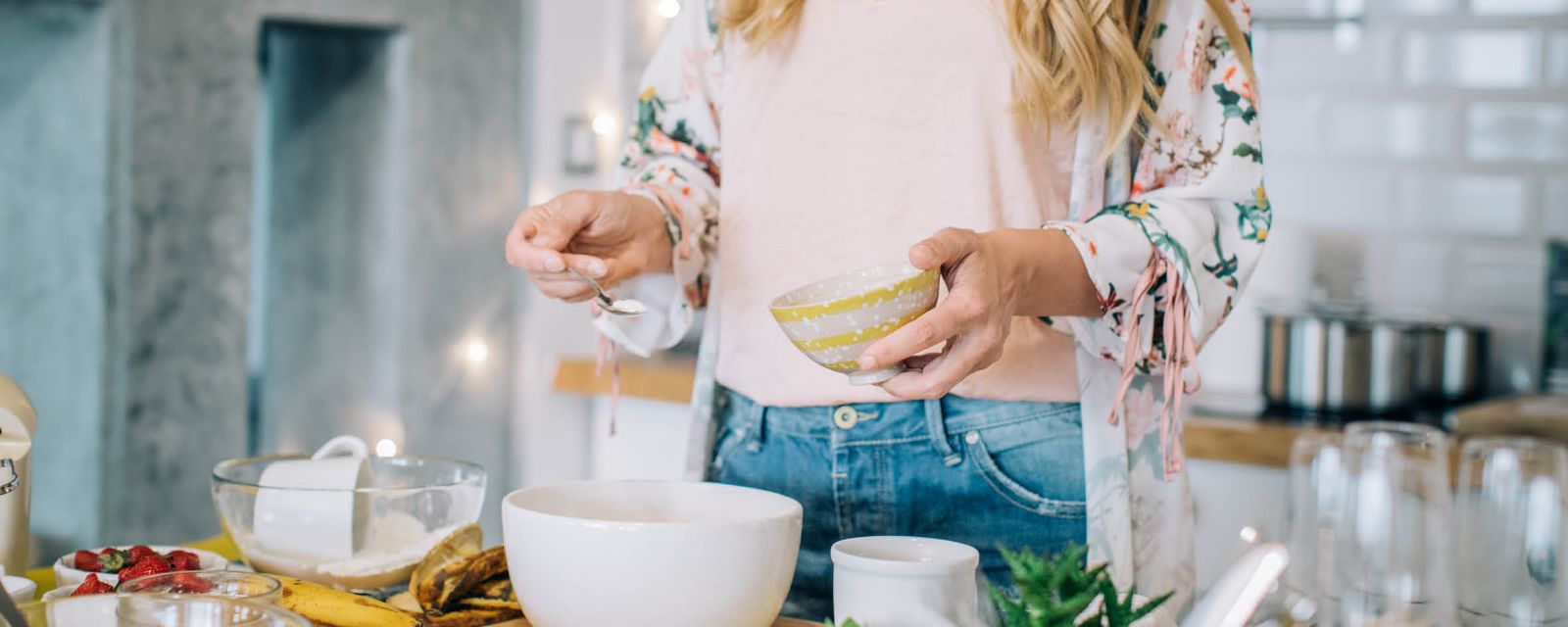Baking Q&A … all your questions answered

2020 has been a year full of challenges and it has also been a year full of learnings. Many of us have learned and discovered skills we didn’t know we were capable of, like working from home and teaching children simultaneously! But many of us also acquired new cooking skills as we were forced to manage with shortages of kitchen staples. And during this time, many of us found a new appreciation for the art of baking, whether it’s been to make our own bread, or cookies and treats for the family. So we thought we’d put together a list of baking questions and answers to help you with some of the most common issues that arise (pun intended).
Q. Can I substitute one type of flour for another?
A. If you’ve run out of self-raising flour, you can make your own version, see our article here. But, if you’re wondering about swapping wholemeal flour for plain flour, the answer is “sometimes”. It really depends on what you’re making. If possible you should stick to the type of flour listed in the recipe because switching will result in a different looking finished product and also a texture that can be quite different.
Q. Can I use less yeast than a bread recipe says?
A. If the recipe doesn’t use a lot of sugar, butter or eggs then you can decrease the amount of yeast. To compensate you will need to let the dough prove for a longer period of time and try to find a warmer than usual spot for it to prove.
Q. I’ve mixed up my plain flour and my self raising flour – is there a way to tell which one is which?
A. Yes, you just need to mix 2 tablespoons of one of the flours with a little water to make a sticky dough. Boil a saucepan of water on the stove and drop a dollop of dough in the water. If it is self-raising flour, it will expand in size; if it is plain flour nothing will happen.
Q. The biscuits on one edge of my baking tray always burn before the other ones are cooked, what can I do?
A. Turn the tray during cooking, this will help counteract any hot spots in your oven.
Q. I was making caramel and I’ve burnt sugar in the bottom of my saucepan and no amount of scrubbing will move it. What can I do?
A. Get out your tomato sauce bottle and cover the burnt areas with it. Leave it for a couple of hours, or overnight, and then give it a gentle scrub.
Q. Why do my cakes crack on the top?
A. Although it doesn’t affect the taste at all, it can be super-frustrating to have a cake that cracks on the top. This usually happens because the cake has been baked in a narrow pan, like a loaf tin or a ring tin. The mixture rises up quickly and causes the cracking. The solution is to use a different pan or to cover the cracks with frosting. You can of course cut the cracked part off the cake or turn the cake upside down and use the smooth bottom side of the cake for presentation.
Q. Why is my cake gooey in the middle?
A. It’s undercooked. Even if it has crisp edges, a cake that is gooey in the centre is not cooked properly. Remember to test your cake before you remove it from the oven by inserting a skewer or toothpick into the middle. If it is cooked the skewer will come out clean. A cooked cake will also feel spongy and spring back when you poke it in the centre.
Q. I greased the pan really well but my cake still stuck. What can I do next time?
A. The best way to ensure no sticking is to use baking paper. It creates a nonstick surface and will save you a lot of stress worrying about your cakes sticking.

